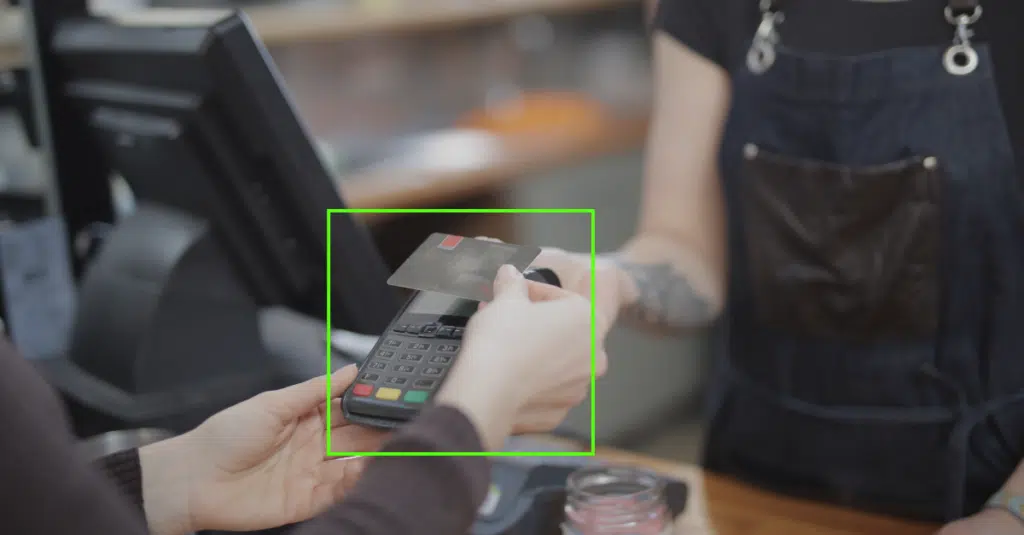
In today’s fast-paced world, Quick Service Restaurants (QSRs) are constantly looking for innovative ways to enhance their operations and improve customer experiences. One such technological advancement that has revolutionized the QSR industry is video analytics. Video analytics provides valuable insights by analyzing the vast amount of data captured through video surveillance systems. In this blog post, we will explore the importance of video analytics in QSRs, its benefits, use cases, key features, implementation challenges, future trends, and more.
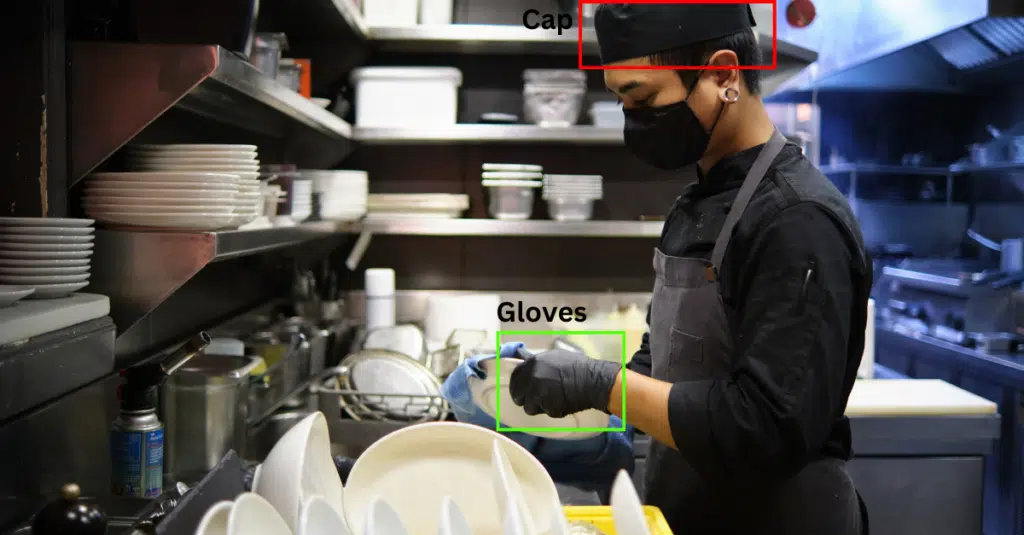

In recent years, video analytics has emerged as a game-changer for QSRs. It leverages the power of artificial intelligence and computer vision to analyze video footage and extract meaningful information. By unlocking the potential of video data, QSRs can make data-driven decisions, enhance security measures, optimize operations, and elevate the overall customer experience.
Importance of Video Analytics
Video analytics plays a pivotal role in the success of QSRs by providing valuable insights into various aspects of their business. Firstly, it enables QSR owners and managers to monitor their premises in real-time, ensuring the safety of customers and staff. By detecting anomalies and suspicious activities, video analytics systems can help prevent theft, vandalism, and other security breaches.
Moreover, video analytics offers operational benefits by analyzing customer behavior and optimizing workflows. It can provide valuable data on customer traffic patterns, queue lengths, and wait times, enabling QSRs to streamline their operations and improve service efficiency. With this information, restaurant owners can make informed decisions about staffing levels, layout optimization, and promotional strategies.
Benefits of Video Analytics
The implementation of video analytics in QSRs brings forth numerous benefits. Firstly, it allows QSRs to gain valuable insights into customer behavior and preferences. By tracking customer interactions, video analytics systems can provide detailed information on customer demographics, buying patterns, and product preferences. This data empowers QSRs to tailor their menus, marketing campaigns, and loyalty programs to suit their target audience.
Secondly, video analytics enhances security and loss prevention in QSRs. By monitoring the premises in real-time and generating alerts for suspicious activities, QSR owners can proactively address potential security threats. This not only protects the customers and staff but also safeguards the restaurant’s assets and reputation.
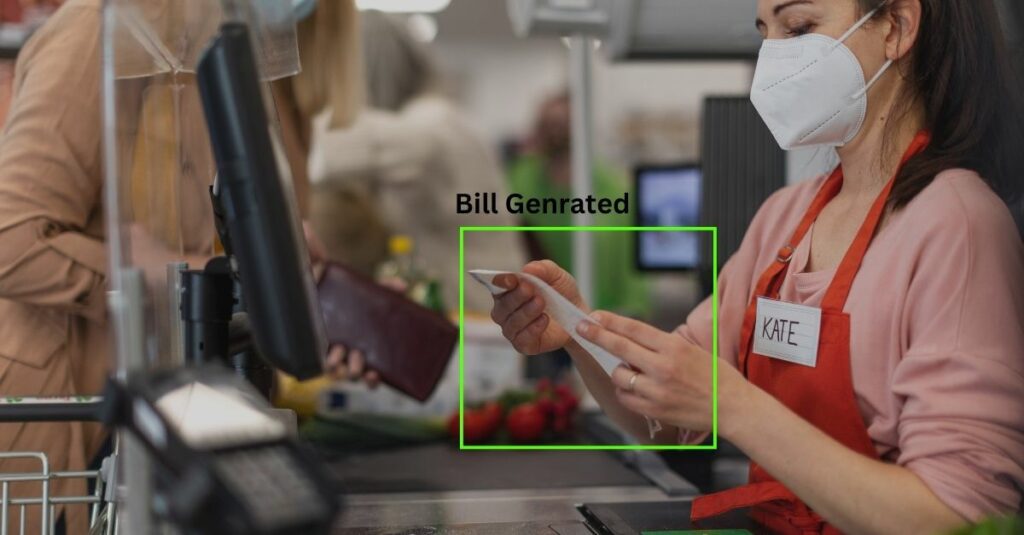

Video Analytics in QSR
Video analytics technology finds numerous applications in the QSR industry. One of the key areas where it proves valuable is in drive-thru operations. By analyzing drive-thru video footage, QSRs can identify bottlenecks, optimize order taking and fulfillment processes, and reduce wait times. This ultimately leads to a better customer experience and increased operational efficiency.
Additionally, video analytics can assist in ensuring compliance with food safety and quality standards. By monitoring food preparation areas, video analytics systems can detect anomalies, such as improper handling, cross-contamination, or equipment malfunctions. Identifying and rectifying such issues promptly helps QSRs maintain high-quality standards and minimize the risk of foodborne illnesses.
Use Cases of Video Analytics
Video analytics in QSRs presents a wide range of use cases. Some of the notable examples include:
1. Queue Management
Video analytics can accurately monitor and manage queues, allowing QSRs to allocate resources efficiently and reduce customer wait times.
2. Facial Recognition
By utilizing facial recognition technology, QSRs can offer personalized experiences, such as tailored menus, loyalty rewards, and targeted promotions.
3. Inventory Management
Video analytics systems can track inventory levels, monitor stock movement, and generate automated alerts for restocking, helping QSRs optimize their supply chain.
4. Staff Training and Compliance
QSRs can leverage video analytics to assess staff performance, identify training needs, and ensure compliance with operational procedures and safety protocols.
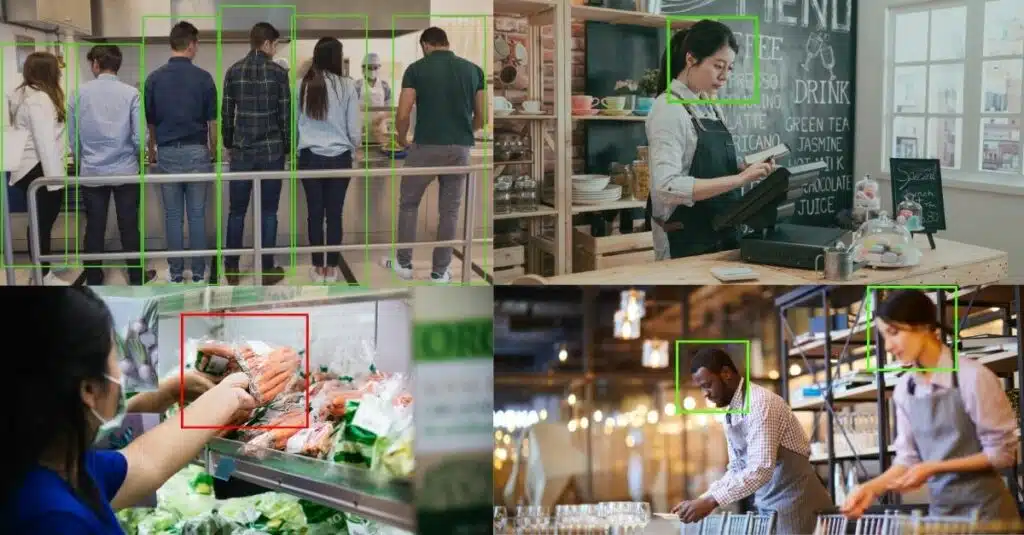

Key Features of Video Analytics
To fully harness the potential of video analytics in QSRs, it’s essential to understand its key features. Some of the noteworthy features include:
1. Real-Time Monitoring
Video analytics systems provide real-time monitoring capabilities, allowing QSRs to detect and respond to events promptly.
2. Object Detection and Tracking
By leveraging computer vision algorithms, video analytics can accurately detect and track objects of interest, such as vehicles, people, or specific items.
3. Heatmap Generation
Heatmaps generated by video analytics systems offer visual representations of customer footfall and hotspots within the QSR premises, aiding in operational decision-making.
4. Intelligent Alerts and Notifications
Video analytics platforms can generate intelligent alerts and notifications based on predefined rules, ensuring timely response to potential security threats or operational issues.
Implementing Video Analytics
Implementing video analytics in QSRs involves several key steps. Firstly, it’s crucial to define the specific goals and objectives of the video analytics deployment. This helps in identifying the relevant metrics and KPIs to track.
Next, QSRs need to select the appropriate video analytics solution based on their requirements and budget. It’s important to choose a solution that offers the desired features, scalability, and integration capabilities with existing systems.
Once the solution is selected, the QSR needs to deploy the necessary hardware infrastructure, including cameras, network equipment, and storage devices. The positioning of cameras should be strategic to capture the desired areas effectively.
Finally, it’s essential to configure the video analytics system, fine-tune the algorithms, and establish the necessary rules and notifications. Regular maintenance, updates, and data analysis should also be part of the implementation strategy to ensure optimal performance.
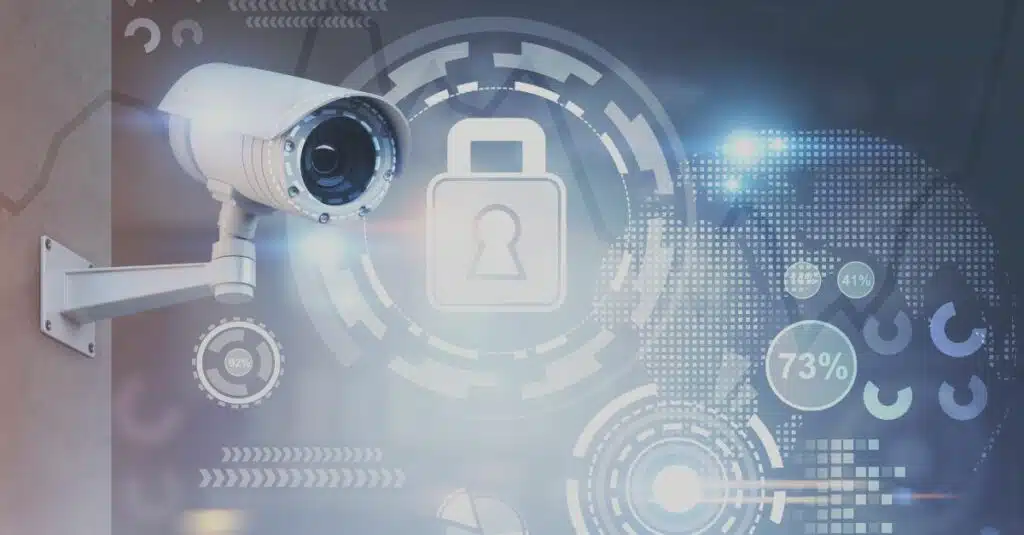

Future Trends in Video Analytics
The field of video analytics is continually evolving, and several trends are shaping its future in the QSR industry. Some of the notable trends include:
1. Integration with Artificial Intelligence and Machine Learning
The integration of video analytics with AI and machine learning algorithms enables more advanced insights and predictive capabilities. QSRs can leverage these technologies to optimize operations, personalize customer experiences, and automate decision-making processes.
2. Enhanced Video Analytics Algorithms
Advancements in computer vision algorithms are making video analytics systems more accurate and reliable. These algorithms can extract detailed information from video footage, enabling QSRs to gain deeper insights into customer behavior and operational processes.
3. Cloud-Based Video Analytics
Cloud-based video analytics solutions are gaining popularity due to their scalability, flexibility, and ease of implementation. QSRs can leverage the cloud to store and process video data, access analytics insights from anywhere, and reduce infrastructure costs.
Conclusion
Video analytics has become a game-changer in the QSR industry, enabling restaurants to optimize operations, enhance customer experiences, and ensure safety and security. By harnessing the power of artificial intelligence and computer vision, QSRs can unlock valuable insights from video data, streamline their processes, and stay ahead of the competition. Implementing video analytics does come with challenges, but the benefits outweigh the initial hurdles. As the technology continues to evolve, QSRs can expect even more advanced capabilities and innovative solutions in the future.
